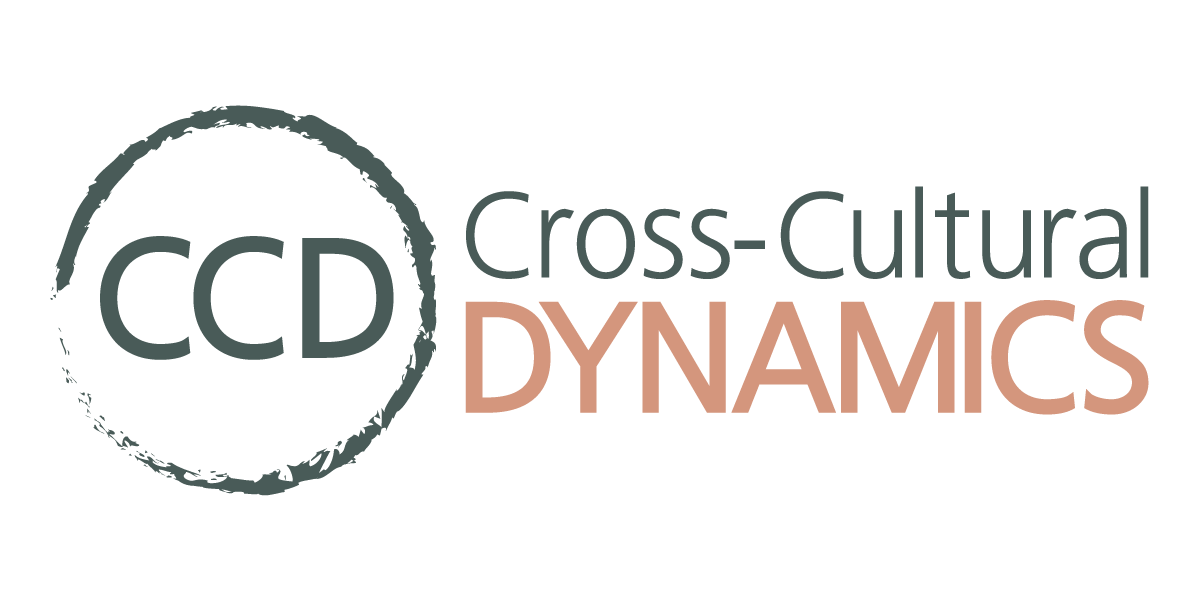The Perception of Justice
You may be mission-focused and doing your best to uphold justice within the decision-making and processes of your workplace. But, did you know there is an added level of justice that will affect your employees as well as their level of contribution to their work? It’s the perception of justice.
The Ohio State University Fisher College of Business dives into this topic in detail, stating from their research:
…perceptions of justice or fairness matter a great deal — when people think their organizations and the individuals who lead them treat employees fairly, they perform their jobs better, are happier in their work, work more effectively as team members and do more to help their colleagues at work (Leadership, Justice and the Importance of Voice).
As you allow the light of justice to guide much of your leadership, it will be important to let it infiltrate the culture of your team as well. Essentially, there will be a disconnect if your leadership is truly acting in justice when the staff does not perceive that to be true. Continuing in their research, the Fisher College of Business gives three examples of how this perception of justice can be expressed in your organization.
Procedural justice: the perception of how fairly the decision-making is processed within the organization
Distributive justice: the correlation between the voice/input of employees and the outcome of decision-making
Interactional justice: the quality level of relational health within the staff as leadership implements policies/procedures
One of the best ways you can improve the perceptions of justice in your teams is to examine your level of procedural justice. Consider the following four questions as you work on this:
Is our leadership fair in our processes used to make decisions?
Are we transparent with our actions?
Do we accept feedback and give our staff opportunities to voice opinions regularly?
Are we unbiased/impartial in our decisions?
As you take a long, hard look through the lens of these questions, you’ll begin to set up a framework for improved perceptions of justice within your staff. Leaders who desire to dig even deeper into understanding how transformative their decision-making is might consider how triple-loop leadership plays into this.
Triple-Loop Leadership and Justice
Single-loop leadership in this context will center around the actions your team makes. You can discover what happens (the result) when you make a decision (the action). This first level of loop learning is strictly concerned with outward behavior.
Double-loop leadership involves the “how” of your decision-making. A step further from single-loop leadership, double-loop leadership moves into a reframing of your actions–discovering how you address it, and the ramifications that follow.
In triple-loop leadership, you’ll begin to be aware of which frame you’re operating in. You can develop a greater context of a problem and switch gears as needed. This level of learning opens the door for transformation to take place.
Justice, and the perception of justice from your staff, cannot be a transformative experience until you are able to reach triple-loop leadership.
For more information on triple-loop learning, and to improve your triple-loop leadership, visit https://www.ccdynamics.org/tripleloopleader.

